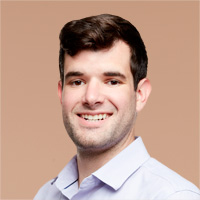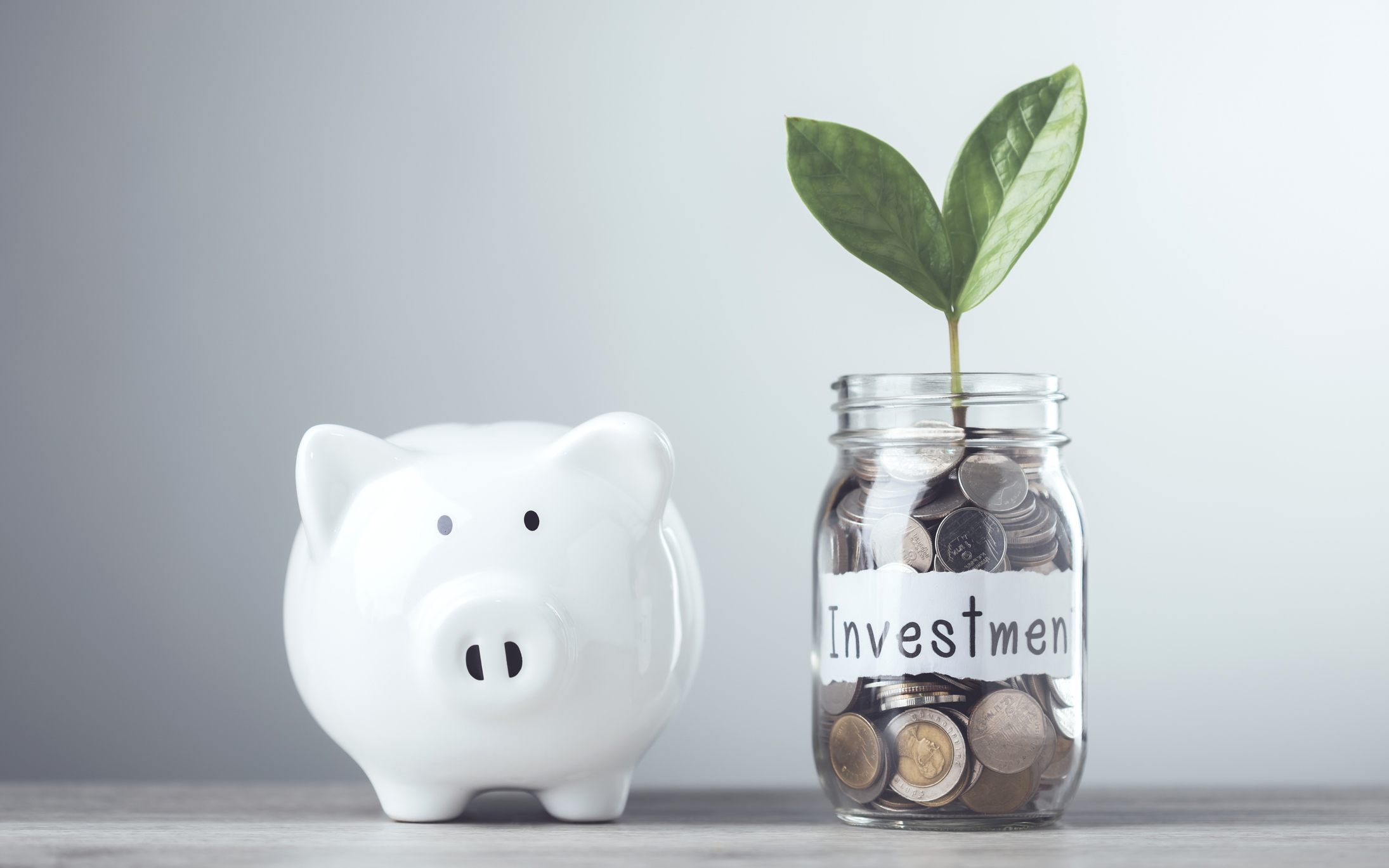Wasatch Ultra Growth Targets Industry Disruptors
This fund invests in small firms intent on wiping out the competition.

Investing in small, fast-growing firms isn't for the faint of heart. Over the past 10 years, the Russell 2000 Growth index, which tracks stocks in small, growing firms, has been 42% more volatile than the broad market benchmark, Standard & Poor's 500-stock index. Finding a winning firm still in its infancy can provide a huge payoff, but investors hoping to get in on the ground floor with the next Amazon.com (symbol AMZN) or Netflix (NFLX) are in for bumpy ride.

The fund dedicates about 20% of assets to what Malooly calls ballast stocks—growing firms, such as discount retailer Five Below (FIVE), that are unlikely to be roiled by competition—to add stability to the portfolio's returns.
But the bulk of the portfolio is dedicated to companies that have the potential to unseat the competition. These firms have business models that incumbent firms can't compete with, or they offer lower price points that competitors can't match. Ra Medical Systems (RMED), for instance, makes a sleep apnea treatment for patients who don't want to wear a mask; and Wayfair (W) sells furniture online at low costs. Malooly particularly favors firms with hefty recurring revenues, which he says makes growth in the business more predictable. Firms in Ultra Growth's portfolio boost revenues at a 21%-to-23% annualized clip, on average, says Malooly.
From just $107.88 $24.99 for Kiplinger Personal Finance
Become a smarter, better informed investor. Subscribe from just $107.88 $24.99, plus get up to 4 Special Issues

Sign up for Kiplinger’s Free Newsletters
Profit and prosper with the best of expert advice on investing, taxes, retirement, personal finance and more - straight to your e-mail.
Profit and prosper with the best of expert advice - straight to your e-mail.
Since Malooly took the helm in early 2012, Ultra Growth has posted an annualized return of 14.8%, an average of 3.3 percentage points per year ahead of the Russell 2000 Growth index. The fund's 1.25% expense ratio isn't a bargain, but it's in line with the typical fund that invests in small, growing firms.
Profit and prosper with the best of Kiplinger's advice on investing, taxes, retirement, personal finance and much more. Delivered daily. Enter your email in the box and click Sign Me Up.

Ryan joined Kiplinger in the fall of 2013. He wrote and fact-checked stories that appeared in Kiplinger's Personal Finance magazine and on Kiplinger.com. He previously interned for the CBS Evening News investigative team and worked as a copy editor and features columnist at the GW Hatchet. He holds a BA in English and creative writing from George Washington University.
-
 Changes Are Coming for This Invesco Bond Fund
Changes Are Coming for This Invesco Bond FundThe Invesco BulletShares 2026 Corporate Bond ETF's bonds will mature in 2026. Here's what investors should do.
-
 What Science Reveals About Money and a Happy Retirement
What Science Reveals About Money and a Happy RetirementWhether you’re still planning or already retired, these research-based insights point the way to your best post-work life.
-
 7 Retirement Planning Trends: What They Mean for You in 2026
7 Retirement Planning Trends: What They Mean for You in 2026From government shutdowns to market swings, the past 12 months have been nothing if not eventful. The key trends can help you improve your own financial plan.
-
 Cooler Inflation Supports a Relief Rally: Stock Market Today
Cooler Inflation Supports a Relief Rally: Stock Market TodayInvestors, traders and speculators welcome much-better-than-hoped-for core CPI data on top of optimism-renewing AI earnings.
-
 AI Stocks Lead Nasdaq's 398-Point Nosedive: Stock Market Today
AI Stocks Lead Nasdaq's 398-Point Nosedive: Stock Market TodayThe major stock market indexes do not yet reflect the bullish tendencies of sector rotation and broadening participation.
-
 Stocks Bounce Back With Tech-Led Gains: Stock Market Today
Stocks Bounce Back With Tech-Led Gains: Stock Market TodayEarnings and guidance from tech stocks and an old-school industrial lifted all three main U.S. equity indexes back into positive territory.
-
 Dow Slides 427 Points to Open December: Stock Market Today
Dow Slides 427 Points to Open December: Stock Market TodayThe final month of 2025 begins on a negative note after stocks ended November with a startling rally.
-
 Dow Adds 314 Points to Thanksgiving Rally: Stock Market Today
Dow Adds 314 Points to Thanksgiving Rally: Stock Market TodayInvestors, traders and speculators enjoy the best Thanksgiving Week gains for the major stock market indexes in more than a decade.
-
 Dow Trims Its Loss to 498 Points: Stock Market Today
Dow Trims Its Loss to 498 Points: Stock Market TodayMarkets are wondering more and more about returns on the enormous amounts of capital hyperscalers are investing in AI.
-
 Dow Dives 797 Points as Government Opens: Stock Market Today
Dow Dives 797 Points as Government Opens: Stock Market TodayThe process of pricing and re-pricing realities old and new never stops, and next week promises to be at least as exciting as this week.
-
 5 Core Stocks Every Investor Should Own In 2026 and Beyond
5 Core Stocks Every Investor Should Own In 2026 and BeyondCore stocks are solid, long-term investments that provide stable returns and steady growth within your portfolio. Here are 5 we like.